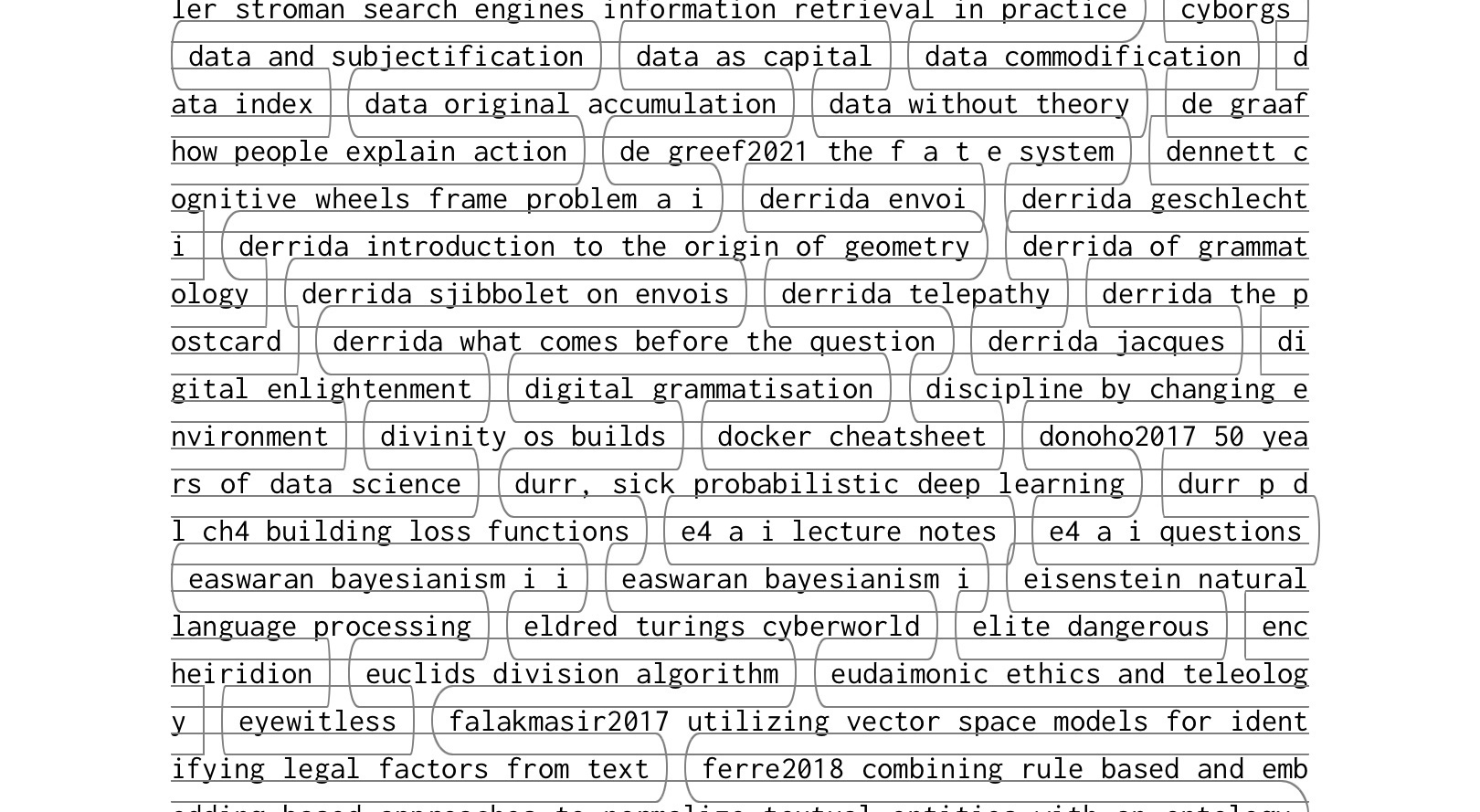“It is surprising how much one can produce in a year, whether of buns or books or pots or pictures, if one works hard and professionally for three and a half hours every day for 330 days. That was why, despite her disabilities, Virginia was able to produce so very much."—Leonard Woolf. Source.
My take: Choose your own race and finish it. The image is an example of how AI already looks unfashionable.

💬 “Live right up to the last breath and stay positive about the world, your family and the environment you live in.” - Mike Peters, The Alarm.
From tiny drops of writing, great rivers will flow
A river is made of water droplets. Breaking large writing projects into smaller parts makes the task more manageable and less daunting. Who knew?
Education will defeat autocracy
The decline of academic departments may lead to innovative educational alternatives and community knowledge-sharing despite institutional constraints. Well, why not be hopeful?
Have you ever read a book by mistake?
Confession time: a mistaken identity led to the discovery of Cynthia Ozick’s novel The Messiah of Stockholm, which I enjoyed despite initially confusing it with a work by Ruth Ozeki.

Finished reading: The White Ship by Charles Spencer 📚
I knew very little about the rival sons of William the Conquerer, but have now learned some amazing stuff about the Norman dynasty that claimed England. The image of their armies arrayed on the sands beneath Mont Saint Michel is rather vivid.
Writing notes is much more than just writing notes. Done right, it’s a way of working with ideas:
I’m organising my notes right now and stumbled over this quote:
You’re not building a note-taking system, but rather a way to capture, explore, and generate ideas. by Jorge Arango on page 181 Duly Noted
The future of the humanities is wide open
The humanities within universities are facing decline and financial prioritization, yet interest in liberal arts thrives outside academic institutions.
To understand the future of AI, look to the past
The hype about AI isn’t new. In his day, Victor Hugo was breathless about the book.
By rejecting the terms of Trump’s authoritarian bullying, Harvard University may forego $2.3 billion in funding. But they’ll lose much more if they, and we, don’t continue to stand up to it. The stakes, conveniently, are written on the university shield.

Why not publish all your notes online?
Contemplating whether to publish personal notes online reveals both the potential benefits of motivation and community engagement and the drawbacks of self-doubt and privacy concerns.
Time to concede nothing
A reflection on the enduring legacy of thinkers like Erasmus and Castellio, emphasizing the importance of perseverance in upholding values of civility and humanism amid modern strife and polarization.
Why in #Australia are there at least 50 private health insurance options (!) but only two major supermarket options, only two main telecom providers, and pretty much a single major hardware chain? It’s well past time for some serious #antimonopoly action.
In his intriguing Zettelkasten, machine learning engineer Edwin Wenink has made 899 of his private notes public edwinwenink.xyz.
These notes are a constant work in progress and not necessarily intended for your reading. Nevertheless, I submit them to your “voyeurism.”
(HT: Annie)
And previously, Andy Matuschak has recommended working with the garage door up.
But where’s the limit?

Some sound advice from a less crazy time (two whole months ago): Write it Down | dansinker.com
Some say that due to AI, “the vast majority of human beauty that will exist has already been created”. I’m pointing out the opposite:
It’s a great time to be writing the future.
Why? Well, by nature humans innovate. Humans equipped with AI?
They just innovate harder.
Legendary computer game Myst started life as an interconnected network of cards in the equally legendary app HyperCard. To be precise, 1,355 cards in 6 HyperCard stacks.
Now, through graph analysis the last secrets of that network are finally being ‘deMystified’.

So many, many books I really want to read. Here are just a couple on this towering tsundoku pile:
The Book: A Cover-to-Cover Exploration of the Most Powerful Object of Our Time by Keith Houston 📚
The Best of all Possible Worlds by Michael Kempe
An interesting Zettelkasten discussion.
malikalimoekhamedov.substack.com/p/bob-dot…
See also: my review of A System for Writing.
It's a great time to be writing the future
Writers are worrying about AI taking their livelihoods. But unless you were already writing like a robot, that’s not how it works.
Now is a truly fantastic time to be writing. The future is absolutely wide open for the first time in a more than a century. That’s because the idiom of the whole culture is transforming and it’s up to us to change it.
Just as no one these days writes like Jane Austen, or Thomas Hardy or Louisa May Alcott, in ten years time, no one will be writing the way we do now. Large language models (LLMs) have taken our entire idiom and trashed it. And that’s a good thing. Our prose, and therefore the prose of AI, sounds like it’s still living in the Twentieth Century. But it’s well past time for radically new ways of speaking, writing and therefore being.
The key driver is simply fashion. What seems amazingly cutting-edge today will rapidly go stale. AI prose (which imitates our older siblings) is about to taste like last week’s dinner.
But we’re not just dreaming of what comes after content - it’s also time to seize the means of containment.
Since AI is now providing all the ‘content’ the container industry can ever handle (i.e. all the content platforms without exception), we’re now free to make new human-shaped places beyond its reach.
We’re inventing both what AI can’t say, and where it can’t say it, so let’s go!